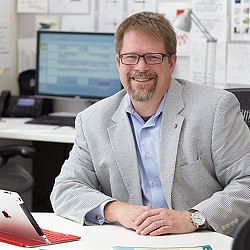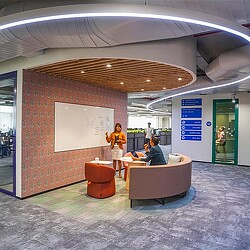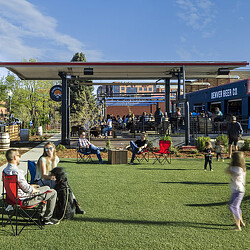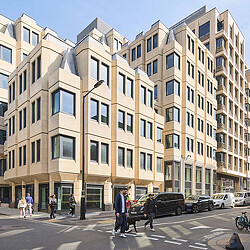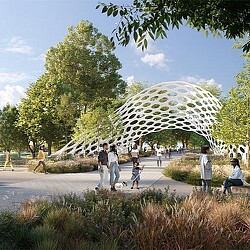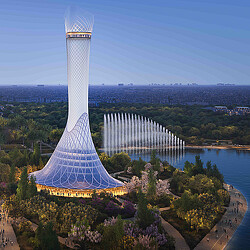Climate Change Is Threatening What We Love About Cities
If cities hope to thrive in the face of climate change, they’ll need to balance emotional connection with environmental resilience.

People stay in cities that are vibrant, foster community, and inspire civic pride. But what happens when climate change threatens the places they love?
Gensler’s City Pulse 2025 explored what makes urban areas magnetic across 65 global cities. Our research found that people move to cities for economic opportunity and safety, but they stay when daily life fosters personal attachment and civic pride. That connection often grows in the rhythms of the city — visiting a farmer’s market, gathering for a street festival, or spending time in a neighborhood park. The most successful cities invest in culturally vibrant spaces that strengthen community life and create shared experiences.
Rising temperatures and frequent natural disasters are making it harder for people to remain in the cities they love. Today, one in four people believe they will need to leave their city within the next five years due to environmental issues — a vulnerability felt most acutely in the Middle East, Africa, and Latin America. These regions endure both high exposure to extreme weather and underprepared urban infrastructure.

Projects such as Baghdad Sustainable Forests seek to buck this trend by leveraging natural systems to bolster urban resilience. Designed by Gensler, Baghdad Sustainable Forests is Iraq’s largest ecological development, reimagining over 10 million square meters of land as a thriving urban forest. With over one million trees planned, the urban forest will clean the air, restore biodiversity, and reimagine public life along the Tigris River. The goal is to transform previously neglected land into places where residents can walk, socialize, learn, and conduct business, all while supporting the city’s ecology.
City Residents Demand Climate Preparedness
Gensler’s Global Climate Action Survey 2024 found that more than three-quarters of people consider sustainable and climate-resilient features important in the spaces where they live, work, and play. Yet despite this demand, most people feel their city isn’t taking sufficient action to address climate change.

To be resilient is to be less vulnerable. Extreme weather events will accelerate in the coming decades, but thoughtful infrastructure and policy can prevent each occurrence from becoming a disaster.
Gensler’s Resilience Preparedness Framework provides a research-driven design methodology to guide this work. It outlines concrete actions designers can take to address climate shifts through the built environment, while also recognizing the importance of human experience and social equity. Ultimately, preparedness means helping people come together in their neighborhoods, ensuring communities have the resources they need in a crisis, and protecting the everyday places that make city life worth living.
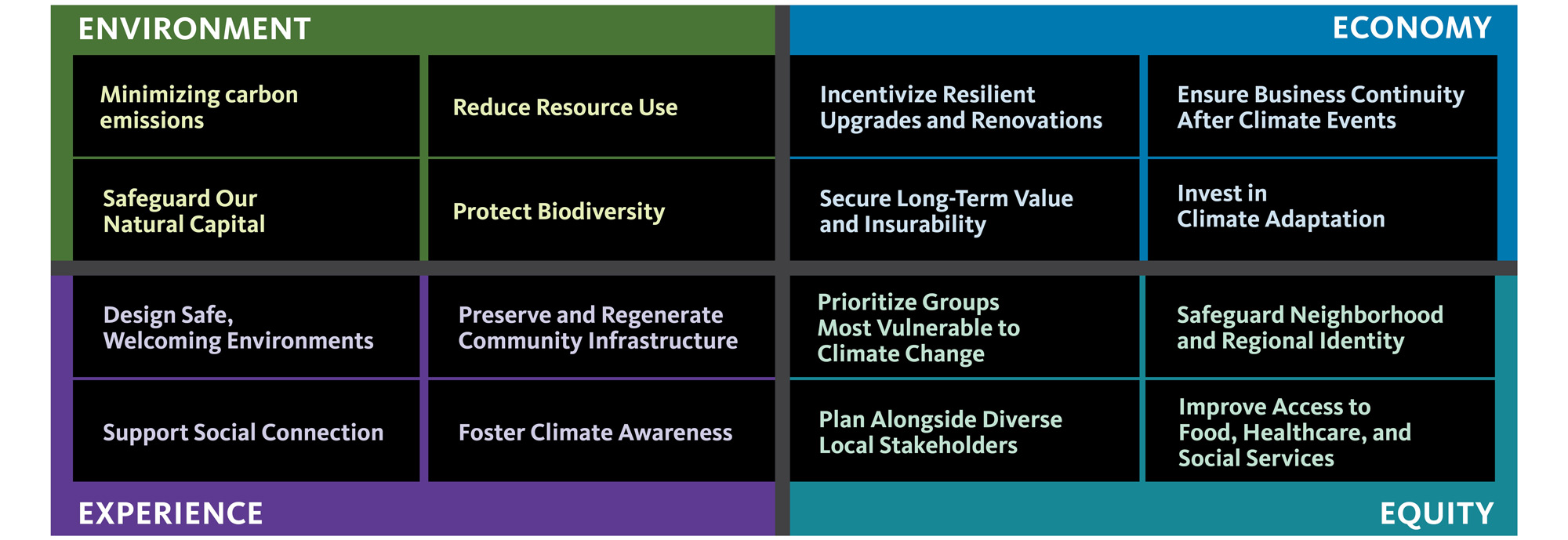
The future of cities depends on providing economic opportunity, safety, and access to healthcare while fostering emotional connection and building environmental resilience. By pairing climate-ready infrastructure with cultural vibrancy, cities can help residents comfortably stay in the places they call home.

For media inquiries, email .


